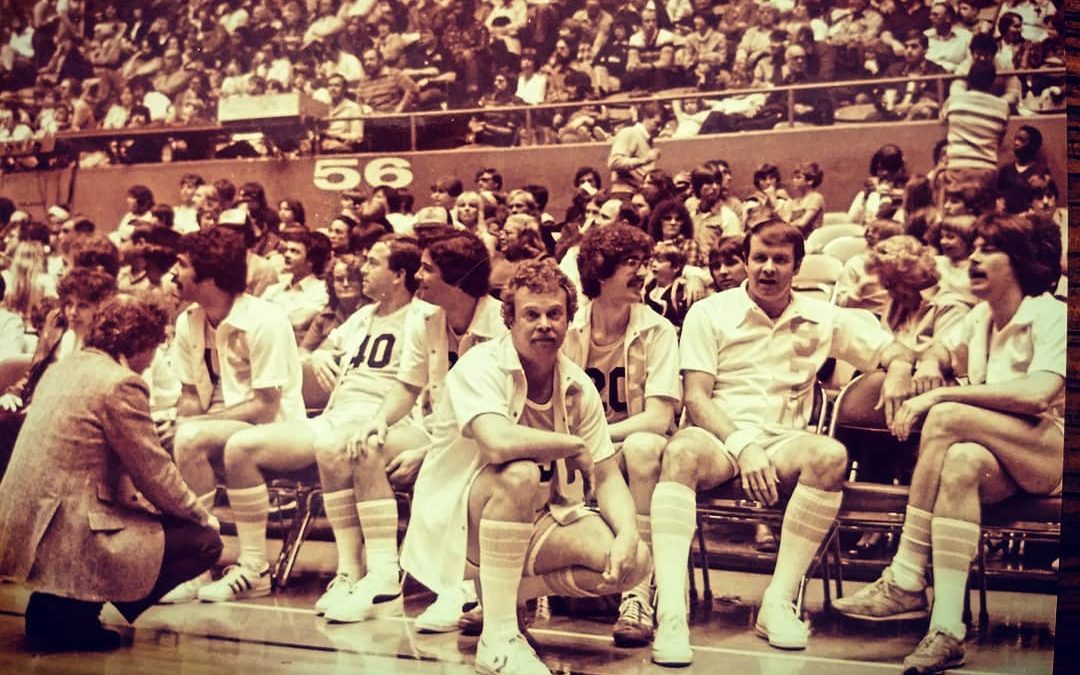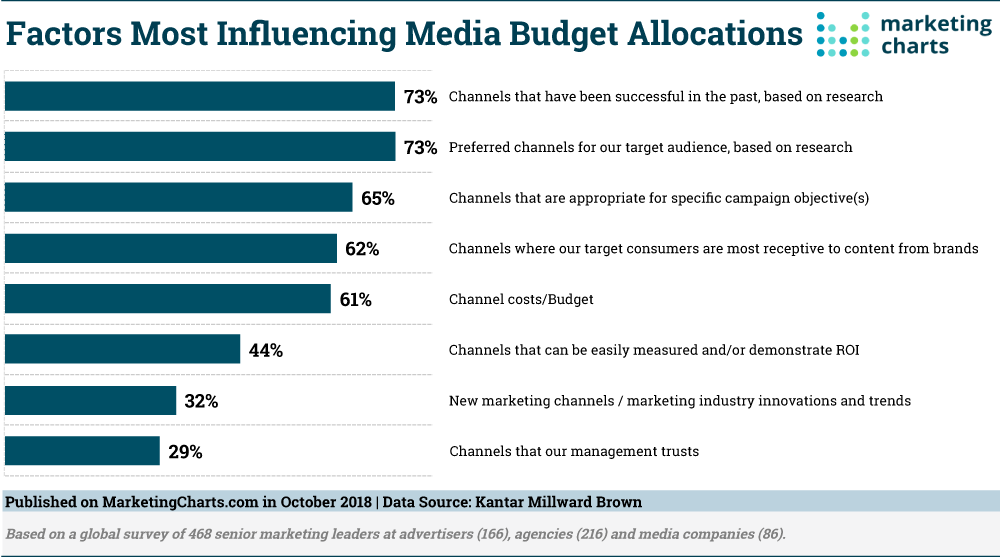
The Online and On-The-Air Marketing Mix
If you are a business owner or in charge of handling the marketing and advertising, a wise thing to do is to pay close attention to what the BIG GUYS are doing.
The “Big Guys”, the likes of GEICO, Home Depot, Proctor & Gamble and others, have huge budgets to track what works and what does not work in advertising. And they have marketing experts to think strategically in all of their planning.
There’s a strategic reason why GEICO and Home Depot remain strong radio advertisers and why Proctor & Gamble, after a short but strong run with digital, has come back to radio. These successful marketers understand something about their customers that most of their customers don’t even understand about themselves.
They understand the difference between HOW people buy, and WHY people buy.
The internet is where people do their due diligence and research, just before they purchase. They are trying to justify what they already believe based on Pre-Need Branding advertising that helped you decide WHAT you wanted to buy. They search online to learn more about the prices, warranties, policies, and technical specs of what they are about to buy.
But the smart advertisers understand that their digital media is typically not why people choose to buy from a particular business. The “why” is the pre-need preference and feelings great marketers create before their prospects search online.
Broadcast INSPIRES – Internet INFORMS!
It’s okay for you to steal proven marketing strategies from the big advertisers. Proctor & Gamble, GEICO, and Home Depot have already made a considerable investment to determine the most successful media strategies, and they use “radio to inspire, internet to inform”.
What I just shared with you is from my free email marketing newsletter, Sound ADvice that you can sign up for below.
I’ve got a couple more tips to share with you right now…
Because you probably aren’t the size of the big advertisers I just mentioned, your advertising budget probably isn’t as large as theirs either.
It’s going to take more than a scaled down copy cat strategy, we really need to dig in an do our best to make the most of the ad dollars you have to get the best return on investment and help your business grow. I can help.
I have several WOWO radio advertising partners that are doing both online and on-the-air advertising and marketing and I help them with the messaging on both.
Contact me and we’ll get started on what is appropriate for you.




